If St Louis, Missouri can't claim to be the home town of the blues, it was certainly an important waypoint as the blues spread north from its southern origins, and it's the home of a visually-stunning museum that explores the music, the journey, and how the blues has influenced almost all American music.
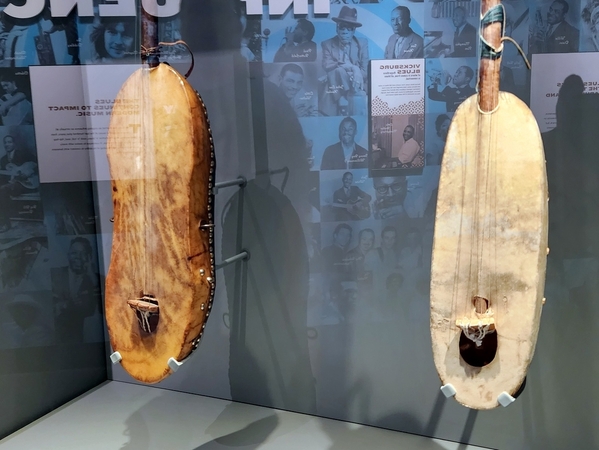
 The museum starts with the African roots of the blues; the instruments above are examples of the 'ngoni,' or 'halam,' part of West African oral and musical tradition for thousands of years. Considered to be the ancestor of the banjo, it came to America in the hands of enslaved Mandé musicians.
The museum starts with the African roots of the blues; the instruments above are examples of the 'ngoni,' or 'halam,' part of West African oral and musical tradition for thousands of years. Considered to be the ancestor of the banjo, it came to America in the hands of enslaved Mandé musicians.

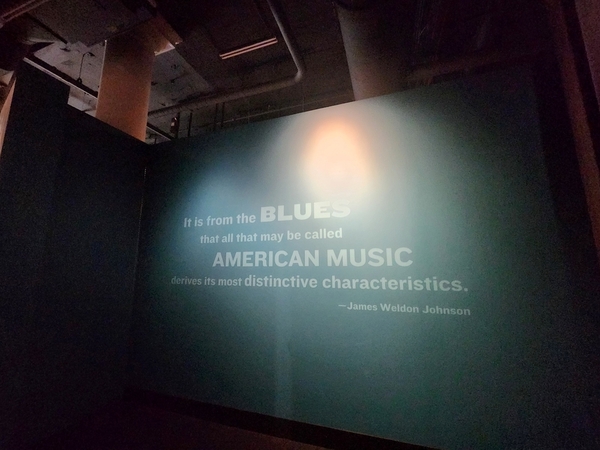

Exhibits throughout the museum illustrate the ways in which the blues, and then jazz, which derived from it, has driven so many other genres.
But the narrative never lets go of the many 'origins' of the blues before it became known and widely available in the last century, helped along by the invention of recordings and radio. Before that, the blues were the music of ordinary folk, mostly African-American, who felt it in churches, in homes and especially at work.
And 'at work' often meant under harsh conditions of farmwork, lumber mills, and industrial labor, and the slave-like working conditions of prison work gangs hired out as cheap labor for contractors. The blues gave a rhythm to the work, but also gave a voice to the feelings of the workers and their families.
Street musicians played the blues and came to public attention, playing for tips, but also eventually being recorded. It's still possible to hear the voices of such early blues performers as Blind Lemon Jefferson, Tommy Johnson, Robert Johnson, Charley Patton and 'Papa' Charlie Jackson. Jefferson, in his short life, became the first 'country blues' hitmaker.
They served as mentors and models to later blues legends like Muddy Waters.
The blues, which the museum describes as the "Old Testament" of jazz, also developed serious composers and performers, including the famous blues, including the "St Louis Blues" of W.C. Handy and the ragtime canon created by Scott Joplin. With the popularity of the music came the era of big-name bands and singers, starting after the first World War.
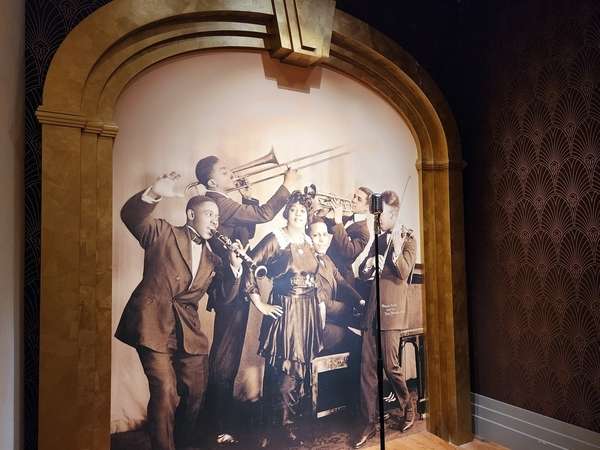
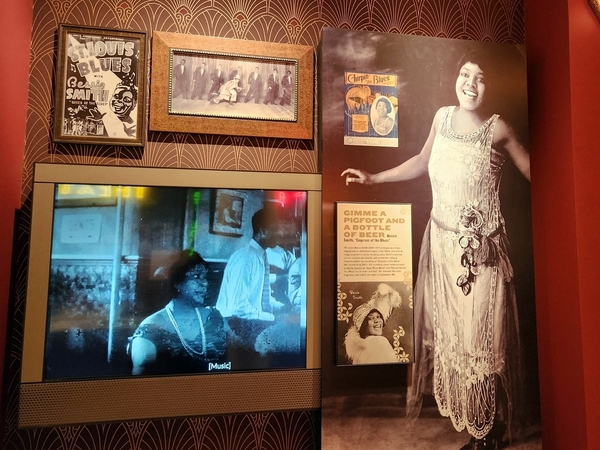
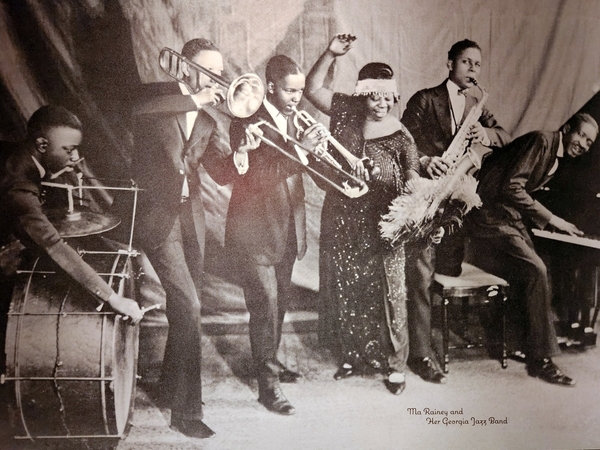
Among the best-known, and in order above, were a number of women: Mamie Smith and her Jazz Hounds; Bessie Smith, 'Empress of the Blues' and Gertrude "Ma" Rainey, 'Mother of the Blues.' and her Hot Georgia Jazz Band.
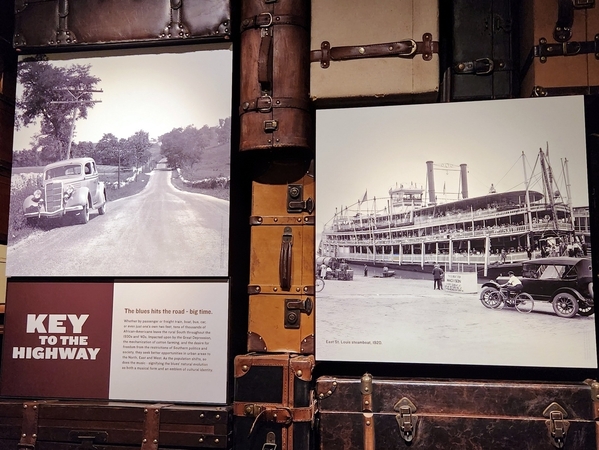
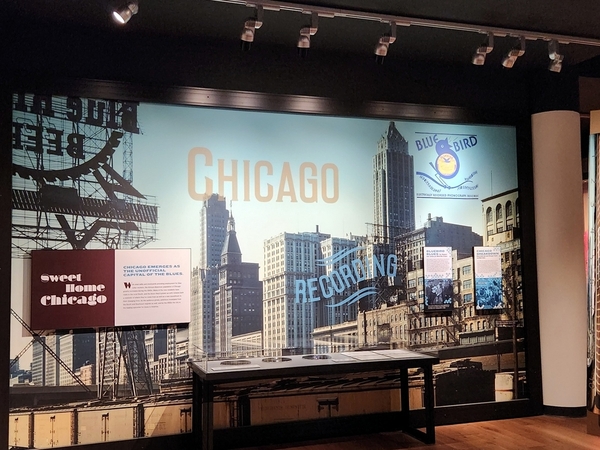
Besides the development of recordings, other social changes pushed the blues and its cousins north in the 1920s; new highways and the Great Migration made places like St Louis and Chicago centers for the music as well, and its influence with white musicians grew as well.

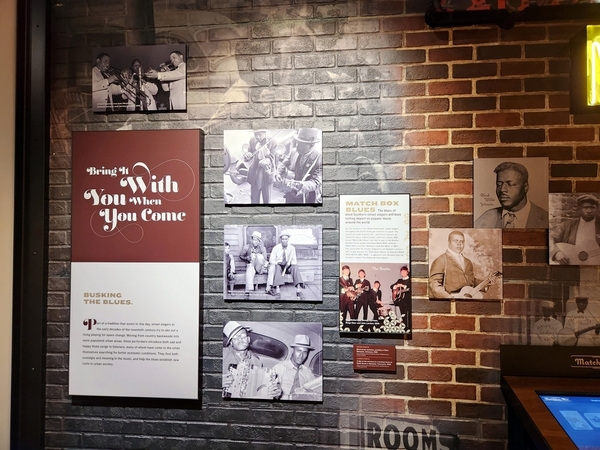
With the music, musicians moved, too. When New Orleans' Storyville district, known for its music and its bars and brothels was closed down, jazz and blues greats like Louis Armstrong, Kid Oliver and Jelly Roll Morton headed north.
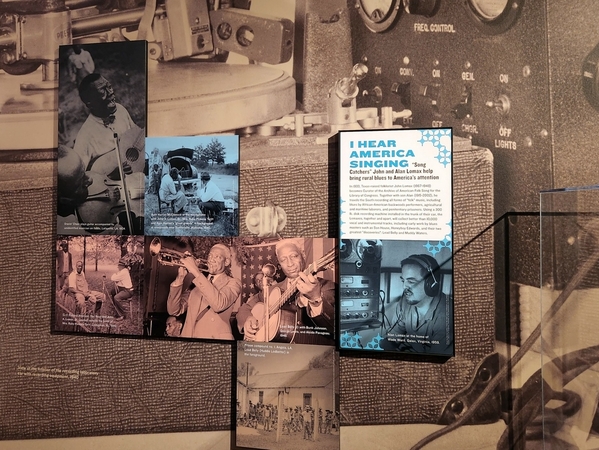
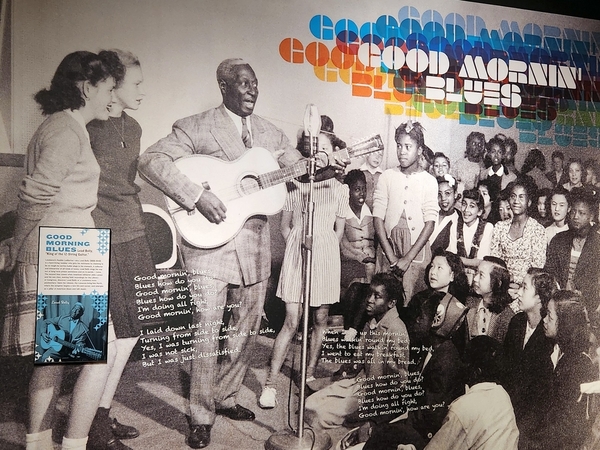
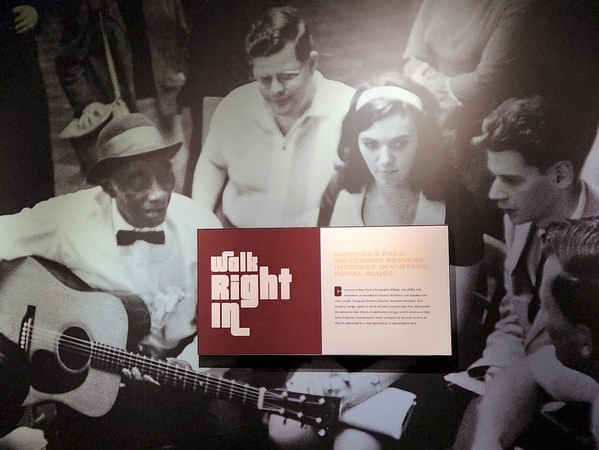
While recordings eventually made many blues performers household names, two lesser-known names, not musicians themselves, played a key role in preserving early and less-known music, as well as the early work of such better-known performers as Huddie Ledbetter (Leadbelly) and Mississippi John Hurt. John and Alan Lomax, who called themselves 'songcatchers' traveled the country with a car full of equipment, creating a collection now housed at the Smithsonian.
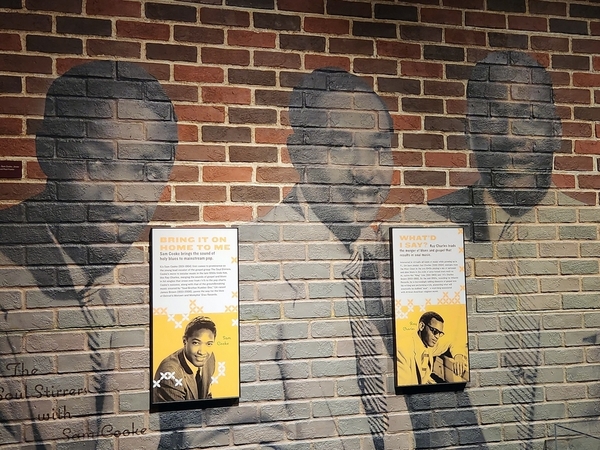
Two of the many post-World War II performers who helped the blues find their way into other forms were Ray Charles, who helped blend blues and gospel into soul music, and Sam Cooke who blended gospel and blues into 'mainstream pop' music.
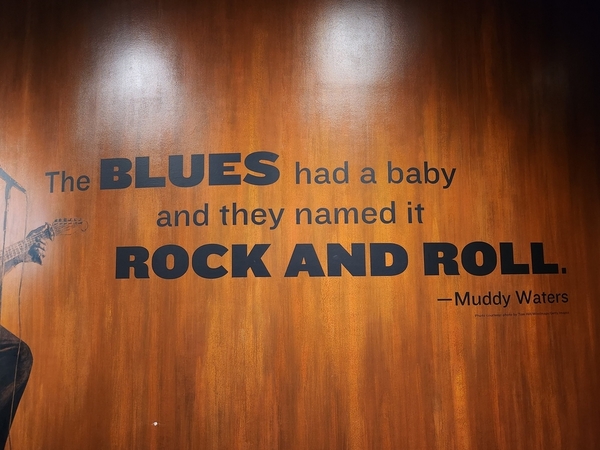
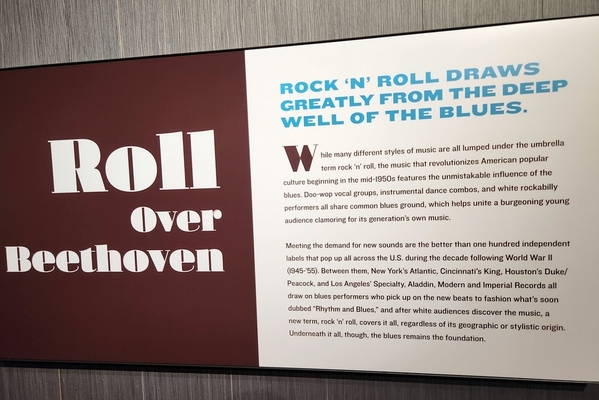
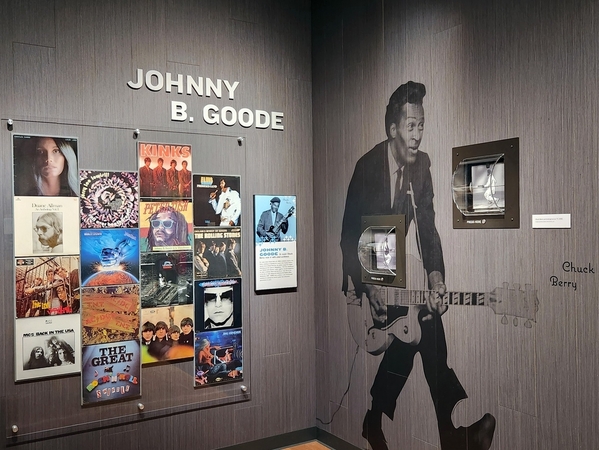
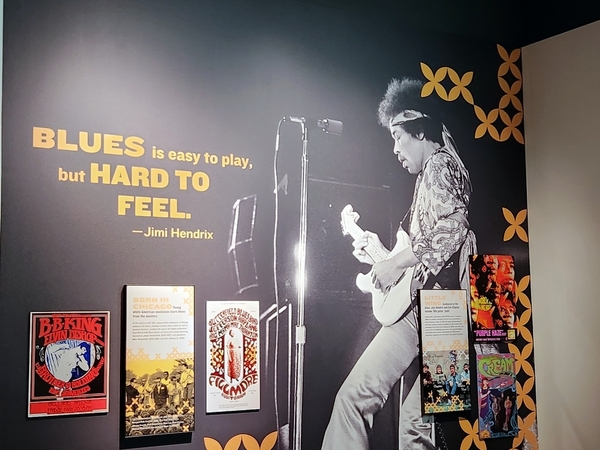
But one of the biggest places for blues to influence new music came with the rise of rock 'n' roll in the 1950s, a form that became so popular that many people lost track of how much rock is from the blues... but the musicians themselves never forgot—even those listening from across the ocean. Many of the 'British Invasion' bands trace their roots to Chuck Berry.
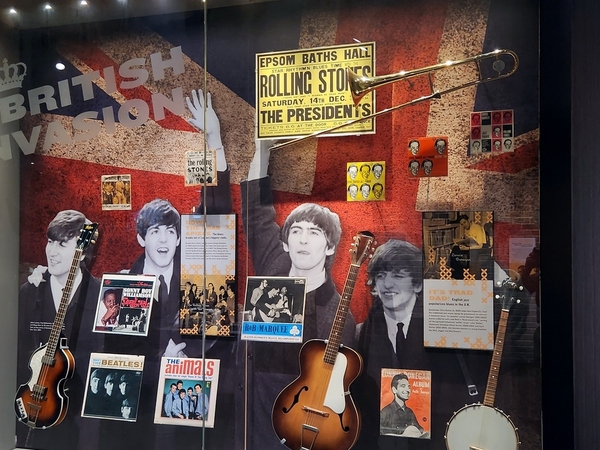
The museum also traces the connections between the 1960s folk song revival and a new interest and new audience for classic blues; the Newport Folk Festivals in the 1960s brought new late-in-life audiences for players such as Mississippi John Hurt, Son House, Skip James and others who had lived long enough to come around again.
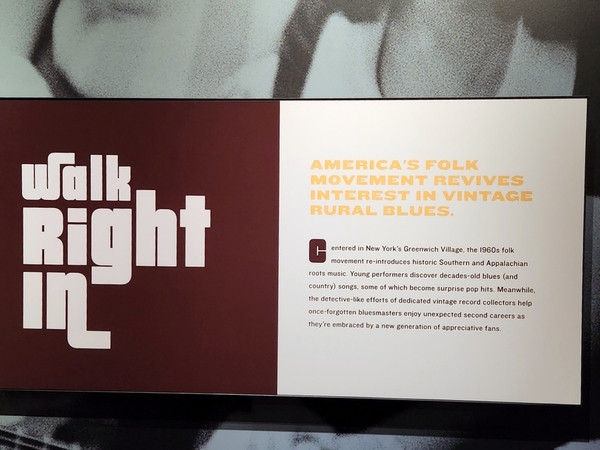
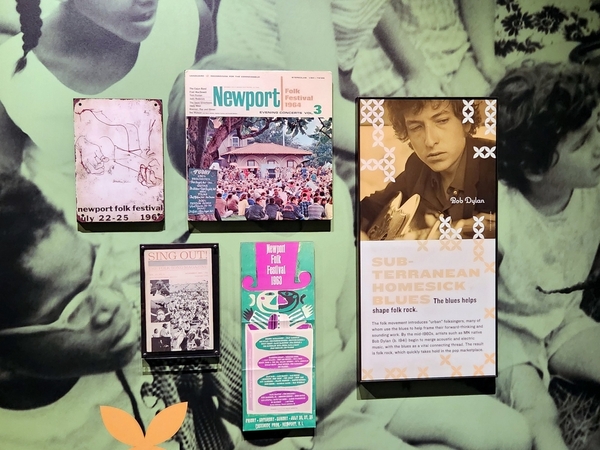
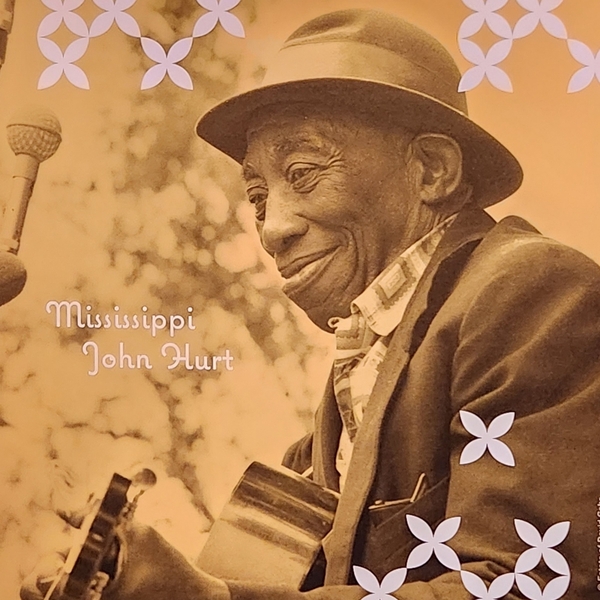
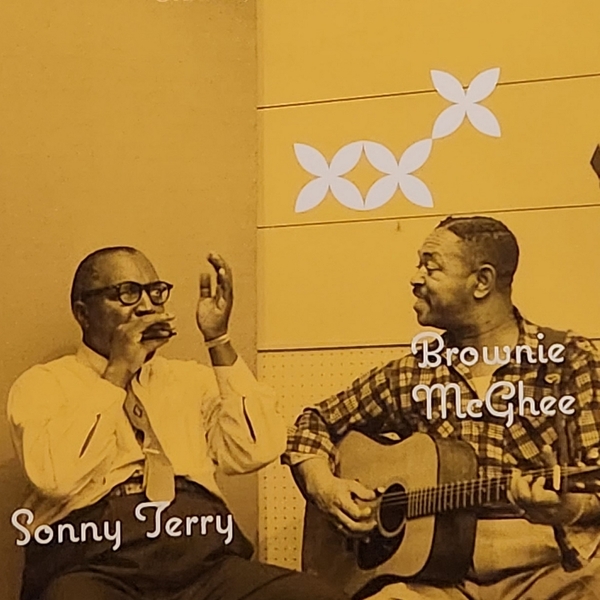
The museum itself, a private non-profit, is well-designed and easy to move through, In addition to a number of listening points scattered among the exhibits, there's also an interactive setup that allows playing with different sounds and instruments to accompany recordings.

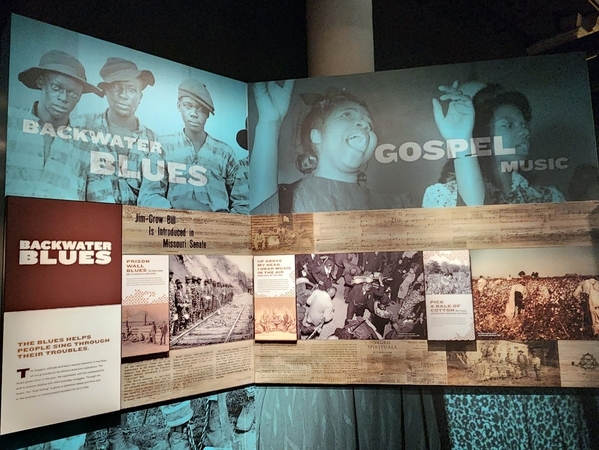
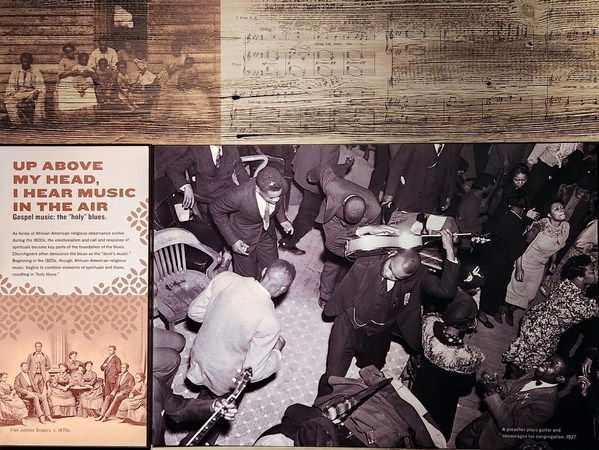
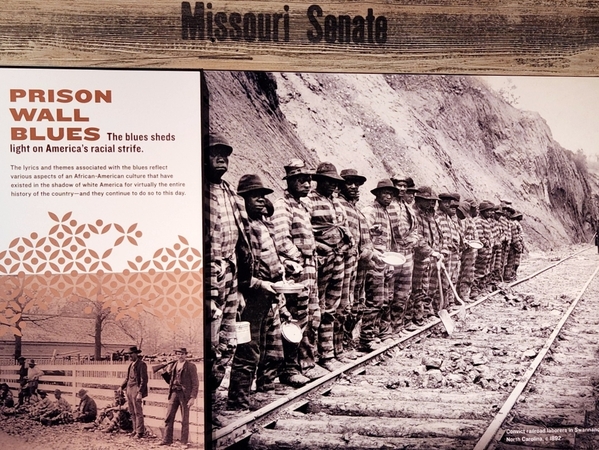
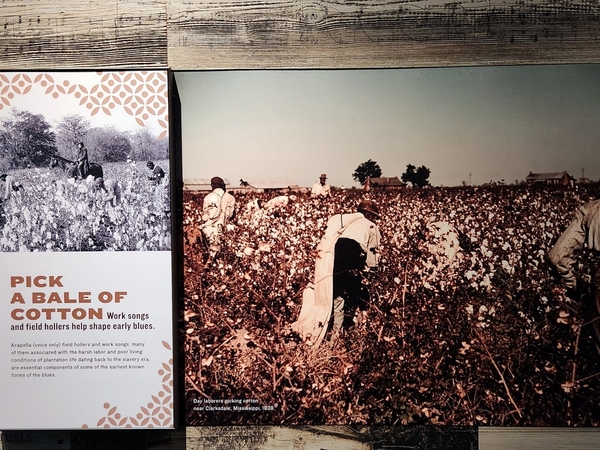

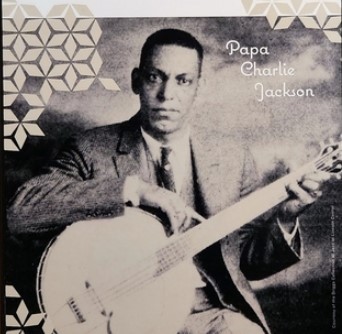
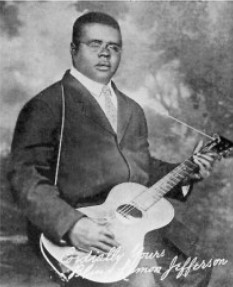

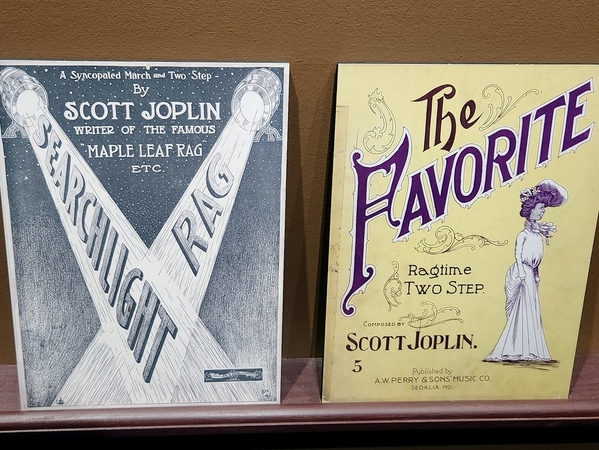
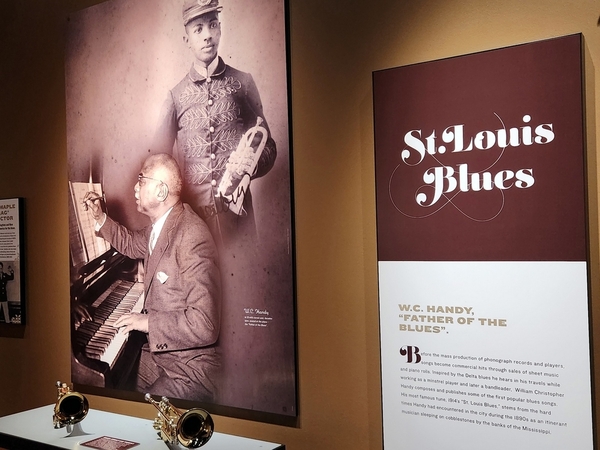
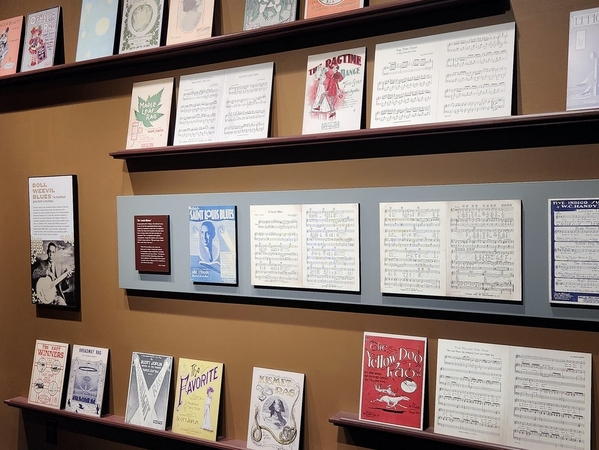
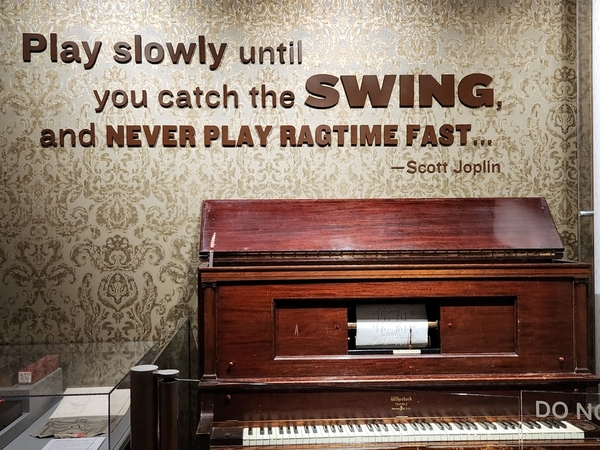
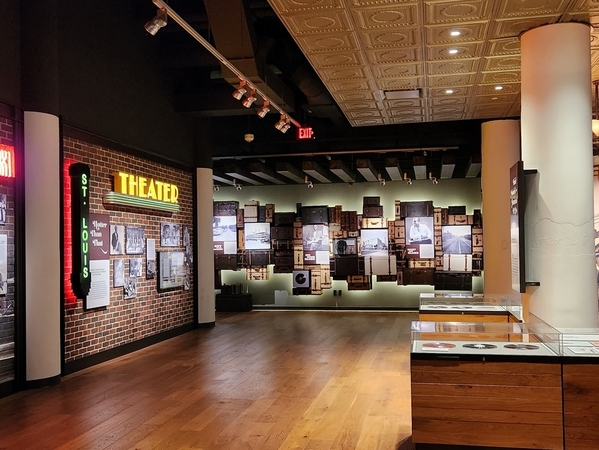
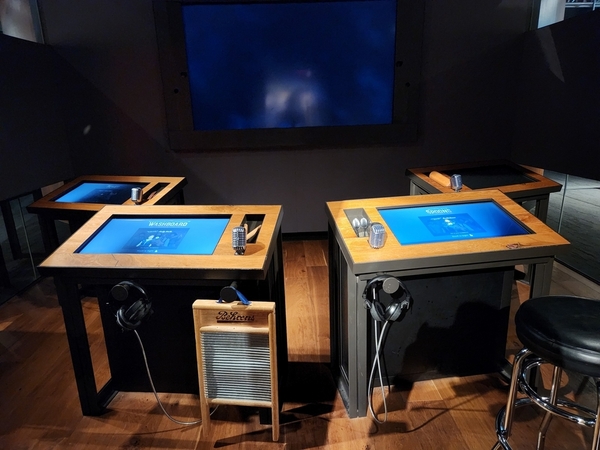
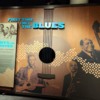

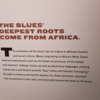
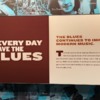
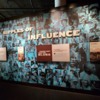









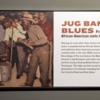
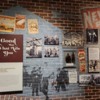






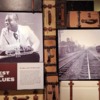


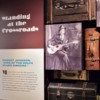




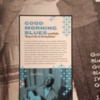

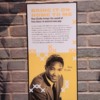
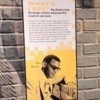
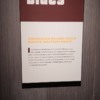

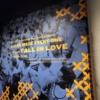






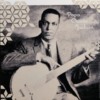




Comments (0)